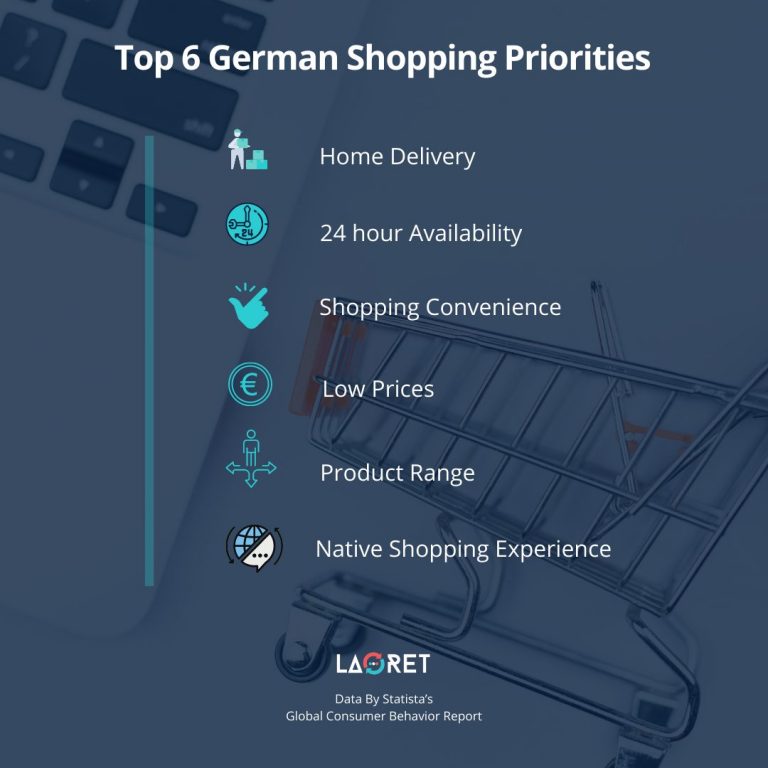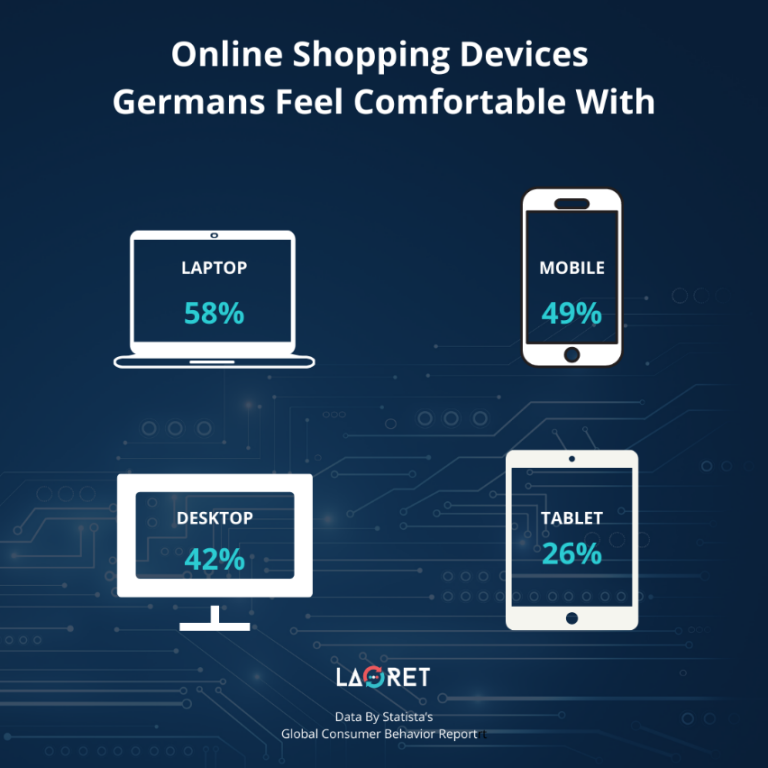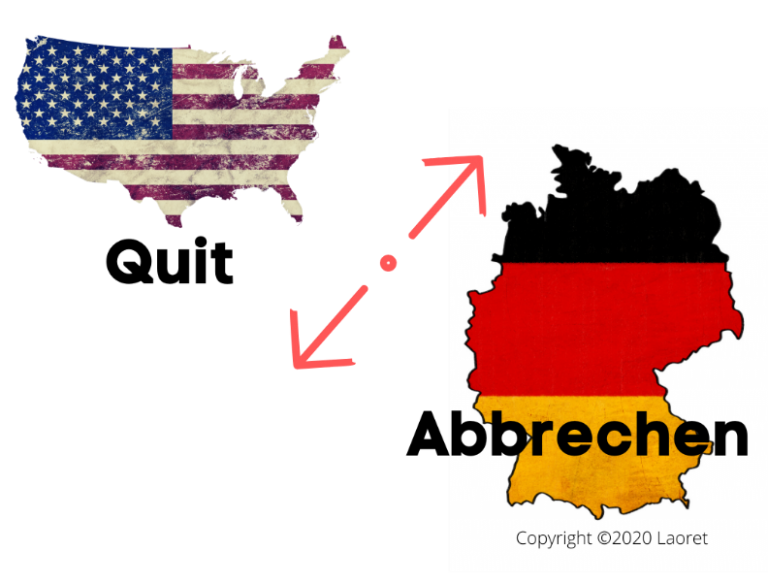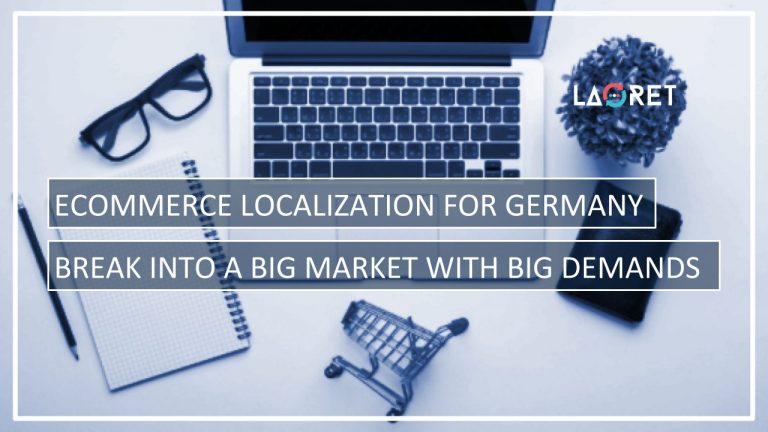eCommerce Localization For Germany: Break Into A Big Market With Big Demands
If you are confident in your eCommerce strategies in your source language, your mind will probably be wandering to conquering new markets. And if Europe is high on your list, Germany is that big fish you will really want to reel in. The only way to achieve this is by developing an eCommerce Localization Strategy specifically for Germany.
But what do you need to succeed in Germany? Since eCommerce Localization is a multifaceted service, the answer is that you should speak their language on every level. Learn all about the German eCommerce market, the German online shopping trends, and what makes for an effective German eCommerce Localization strategy.
The German eCommerce Market
Germany is known for having one of the world’s biggest and most stable economies. And this welfare also reflects the nation’s buying habits. According to numbers by Statista,4 B2C eCommerce is vastly gaining traction on an annual basis. 2019 saw an online revenue of around 50 billion euros, which is expected to maintain a consistent climb. eCommerce’s share from the total German revenue currently stands at 41 percent.
But while a highly profitable market, Germans are very particular about their shopping. More specifically, they favor a smooth buying experience, payments upon receiving their package, and deliveries at their homes even above low prices and choice of products. This practicality also extends to the shopping language. While Germany has a pretty high English literacy, 55% of online consumers prefer to buy exclusively in their native language,5 and 53% are more comfortable when doing so. Let’s dig a little deeper into it!
German Online Shopping Behavior: Know Your Customers
While we will present you with a wide array of tips and tricks in this blog, they all tie back to one key element: know your customers. Buying is a very personal experience. Globally, people are becoming more and more aware of which purchasing choices to make, so it is up to you to provide a shopping environment that suits their desires and needs best. Because eCommerce Localization for Germany is about more than just the language.
How Do Germans Pay Online? Old School!
An essential aspect of eCommerce lies in building trust
. And while providing a genuine, native experience in language will get your clients to the payment menu, the checkout is where you make or break your sale. So, you have to pay special attention to which payment methods your target audience prefers. When it comes to eCommerce Localization specifically for Germany, it is crucial to understand that they are not the most trusting when it comes to online transactions. A whopping 91 percent still prefers to pay by traditional bank transfer while invoice payments are close behind at 81 percent. This checkout behavior shows that German clients are eager to have their product in their hands before actually proceeding with the payment itself. Prepayments are gaining traction but online payments, e-wallets, and mobile are still way behind at 14, 13, and 6 percent respectively.

What Do Germans Consider To Be An Ideal Shopping Environment?
According to Statista’s Global Consumer Behavior Report,6 German shoppers prefer a shopping environment that prioritizes convenience and asks as little from them as possible and available in the German language. They are more likely to shop at sites that provide direct delivery to their property and require a merchant to be available all night for inquiries. Even low prices and a generous product range are less important than a swift and hassle-free service. So, if you want to succeed in the German market, make sure that a streamlined buying process that periodizes convenience and speed every step of the way.

Which Devices And Platforms Do Germans Prefer For Online Shopping?
eCommerce platforms are dealing with an additional challenge of having to be more and more versatile in terms of devices as well. When it comes to German shoppers, these numbers are slightly different from other powerhouses such as Asia. While almost half of the German population uses their smartphone every day, laptop shopping is still the most popular with almost 60 percent of Germans using it. This has a lot to do with shopping convenience, and also needing privacy and peace while completing a transaction. Remember the numbers on the preferred payment methods? Mobile is among the lowest ones.
Of course, that doesnt mean all of your efforts should go to the ideal website design and ignore other devices. Even though laptops are still a strong leader, mobile phones are up and coming, especially due to the younger generations, and 49 percent of shoppers list mobile devices as a shopping tool they are comfortable with.

The Value Of Accurate eCommerce Localization For Germany
Localize With Every Device In Mind
Germans may prefer online shopping on their laptop, but mobile shopping is on the rise. So, you will need to develop a sound website localization strategy as well as effective mobile app localization.
While both services focus on different devices, they have one crucial element in common. Both linguistic and technical authority should be considered. Just imagine landing on a website or app that looks great but has a lot of bugs that make navigating through the platform a challenge. Few clients will stick around for that.
Multilingual eCommerce Platforms have their own unique translation challenges. You may be wondering which service you should use for the marketing content? And what about the User-Generated Content? Or the Product Descriptions? Have a look at our 3-part video series about the 3 main eCommerce Translation Challenges and how to overcome them! Just press play and every video will play automatically!
That is why, when selecting a Language Service Provider (LSP) you should make sure that they have native linguists, but also localization engineers who can set up a testing environment for your app and ensure technical flawlessness. On top of that, you should keep an eye out for providers that are:
- The assigned translators are experienced and specialized in translating Mobile Apps and/or websites and are proficient in dealing with the German-speaking communities. They should know how to adapt your existing content to suit your target audience by being native in the target language and reside in the region/country you are targeting.
- Check if the LSP has experience specifically for the eCommerce industry. If they do, this means that they will provide professionals who are not only native in the language but also have specific experience in this sector.
- Make sure the agency promotes cultural awareness and knows how to adapt your translations in such a way that optimizes the connection with your German audience.
- We said an LSP should be tech-savvy as well as possess linguistic authority. How can you tell if they are tech-savvy? Make sure they can offer you a personalized process and utilize the right localization tools including the Translation (CAT) tool and Translation Management System (TMS) that best fit your needs.
eCommerce Localization For Germany Is Mutilfacted: Which Translation Method For Which Content-Type?
When looking at your eCommerce platform, you will notice that, if it is running well, you are not the biggest contributor to your site. Your customers are. This means that more than other platforms, there will be different content types to consider. And, the title might have given it away already, but these different content types also need different translation services.
The most important content types for eCommerce platforms are:
- Product descriptions
- User-Generated Content (UGC). Think reviews and forums!
- Marking content, landing pages, news, and blogs
So, which services do these content types need?
Machine Translation Post Editing (MTPE) is more than a simple machine translation from Google. A translation is obtained through the most suitable MT-Engine for your language pair, and then a human linguist is set the task of editing the output to perfection. This means that you will get a faster translation without compromising on quality.
This makes MTPE the perfect service for product descriptions and even UGC, since these content types will pop up on a regular basis and to make sure future sales are not lost, a fast but qualitative translation is paramount.
For your web content and marketing materials? Stay as far away from engines as possible! You may think that you will save some money when giving your LSP an already MT-translated text but note that this type of content is very personal and subjective. This means that the linguist might have to make so many alterations, that it will take longer than it might have with the source text. In this case, you will need a service where the language as well as the local culture is respected. This is where localization and transcreation come in. These services are completely offered by native linguists who know how to respect local cultures and, most importantly, how to truly connect with them.
Pro tip! Localization and Transcreation? What is the difference exactly? Check out our blog on when to choose transcreation services, and when localization will be better for you! After all, you shouldn’t overpay for a service you don’t need!
Not sure how to go about it yet? Keep the graph below as your reference and get more information in our blog on the top translation challenges faced by eCommerce platforms.

German Translation Challenges: Why Native Linguists Matter
We’d like to offer some final thoughts on linguistic authority and why it will matter greatly when translating for a German audience. The German language famously loves to form its unique vocabulary by (over)indulging in the use of compound nouns. This means that words can be excessively long, and many of them will not have an English equivalent.
This comes from a desire to describe every possible human emotion in one word, a habit not adapted by most other languages. This means the Germans have introduced words such as Fremdschmen, which means to feel embarrassed in someone else’s place, and Treppenwitz, which refers to the sensation of thinking of a clever reply after the facts). What’s more, the use of compound words can also easily result in text expansion challenges.
As a result of the highly descriptive nature of the language, translations from English to German must allow for expansion up to 35%. And while in its singular form the translations to English will contract, English might, in turn, need more space to describe that one word describing a complex human emotion.

Pro Tip: Need some more clarity on text expansion and how these issues can be avoided? No worries, we have written an entire blog about it! Read more about common Text Expansion errors and how to prevent them.
Why does text expansion matter so much for eCommerce Localization? With these lengthy words especially, the impact on the design of navigation menus and taglines on your platform and app will be significant. This means that when not done well, the user experience as well as the running of your app and website can be severely compromised.
Conclusion:
The German eCommerce market is a sizable and profitable one. But it can only be breached when your content and the entire buyer’s journey is presented in a way that appeals to the German consumer. This is why eCommerce Localization for Germany should be applied with a multifaceted strategy in mind. Make sure that next to the linguistic, cultural, and technical considerations, you focus on making your buying process highly efficient. Offer the payment methods your new audience will be most comfortable with and deliver their products in a way they have grown to value the most.
At Laoret, we provide only native, in-country experts who can demonstrate proven experience in the eCommerce industry. We strive to innovate our services with full online availability, 24/7 support, and specialized translation technologies tailored to our client’s needs.






